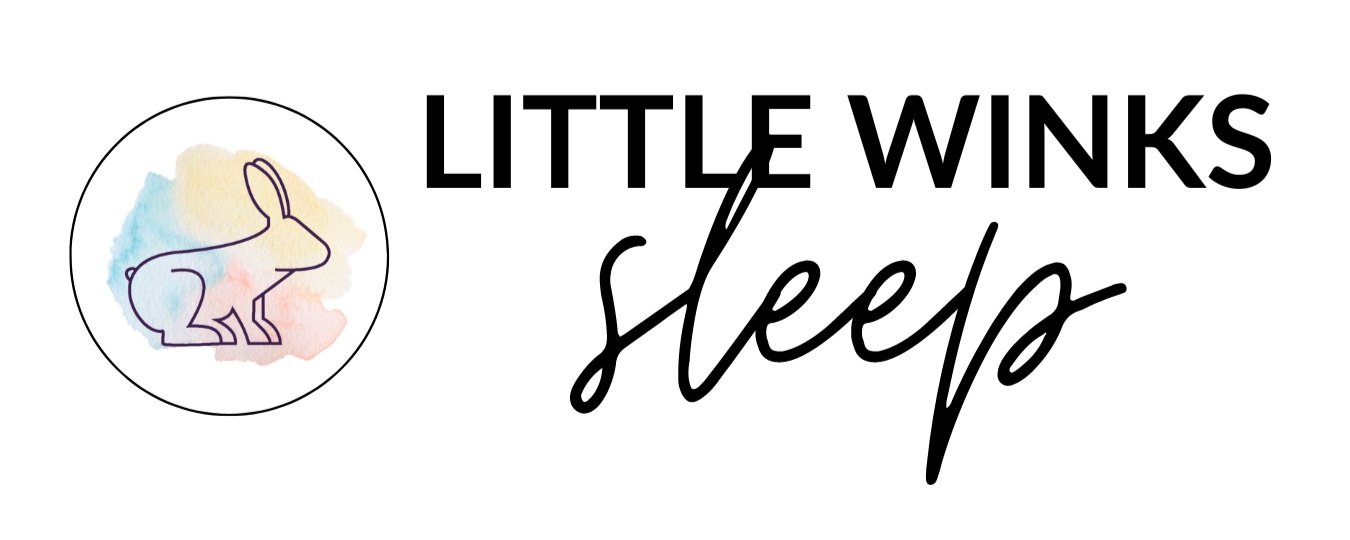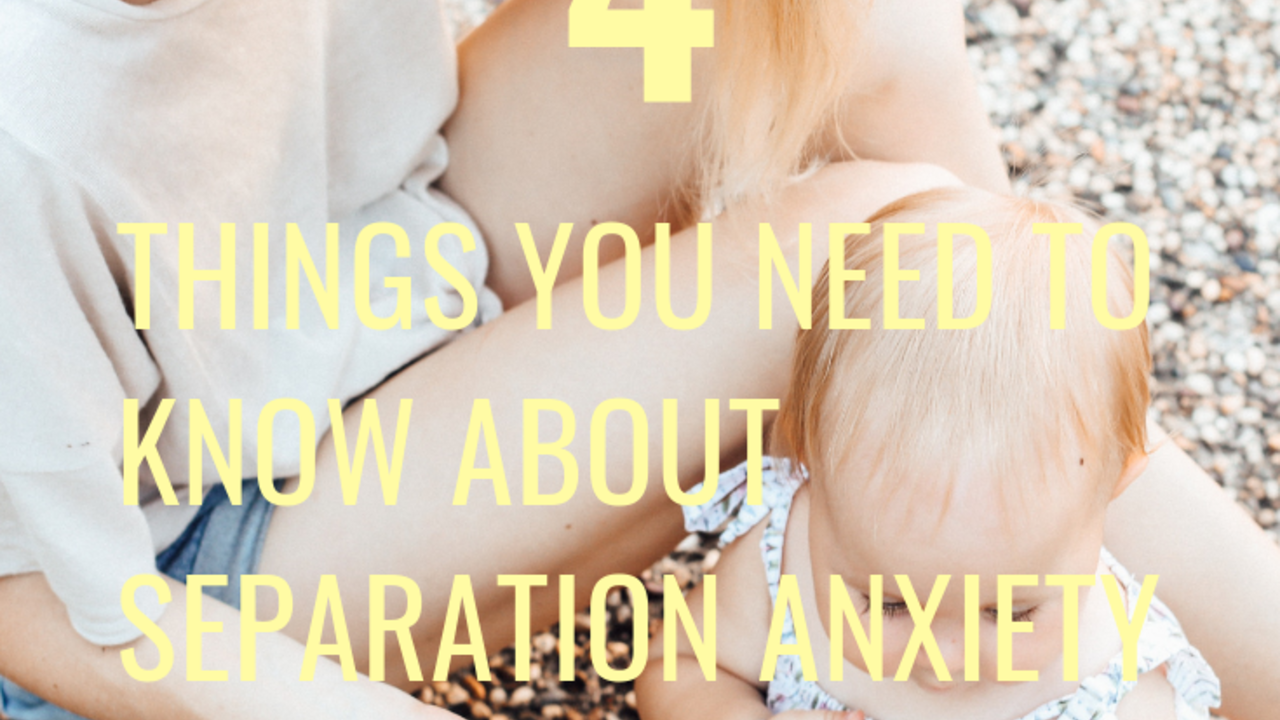4 Things You Need To Know About Separation Anxiety In Babies
Separation anxiety typically starts to occur around 6-8 months of age, when your little one starts to realize that things continue to exist, even when they’re not in sight. It’s a cognitive milestone known as “object permanence” which is defined as, “the understanding that objects continue to exist even when they cannot be observed.”
In other words, out of sight no longer means out of mind. This changes the way they see the world and sometimes their preference to how the world “works.” So instead of being ok to be left, they may have a sudden need to know where you are.
So as your baby begins to grasp this concept, they realize that if you, their favorite person in the whole world, are not there, you’re elsewhere. And, hey, wait a minute. If that’s the case, then you might not be coming back.
It’s kind of fascinating when you think about it, but it’s also a little heartbreaking. This realization, for a baby, is obviously cause for full-blown panic. The thought of a parent leaving and not returning causes anxiety in most grown-ups I know, so you can hardly expect an infant to take it with great decorum.
This is what is happening in your little one’s brain when they suddenly start having a fit every time you leave the room. It’s normal, it’s natural, and it’s a sign that your little one is learning, and that they have a secure attachment to their parent. Awesome!
But, as many of us know, it also means that leaving them with a sitter or dropping them off at day care can be an absolute horror show.
STICK AROUND FOR A WHILE
After your sitter, parent, friend, or whoever is watching your little one arrives, plan to hang around for a half hour or so. Seeing that this is someone you’re familiar with will go a long way in reassuring your child that they’re “safe people” and worthy of their trust. It is a good lifelong habit, to help them identify who are their “safe” people, and they will use this skill when they are older and meet new faces.
FACE THE MUSIC
Many of us have, at least once, attempted to distract our toddlers and then sneak out the door without saying goodbye. After all, it’s the goodbye that provokes the reaction, right? But even if it provokes some tears, it’s important for your child to understand that you’re going to leave sometimes, and that you’ll be back when you say you will.
ESTABLISH A ROUTINE
Much like bedtime, a solid, predictable goodbye routine helps your little one recognize and accept the situation. A set number of kisses and hugs, a memorable key phrase, and a clear indication of when you’ll be back should be just the right balance of short and reassuring.
SPEAK IN TERMS THEY’LL UNDERSTAND
Instead of telling them how long you’ll be gone, tell them when you’ll be back in regards to their schedule. After nap time, before bed, after dinner, before bath time, and so on.
These are great tangible things you can do to help your little one through this stage. Often separation anxiety is eased in children and babies once they understand they are safe and their “person” (Mom, Dad, caregiver) is going to return.
If you want to know more about Anxiety and Children, watch my conversation with Counsellor and Child Therapist Shannon Theissen:
Sleep Sweetly,
Anna


